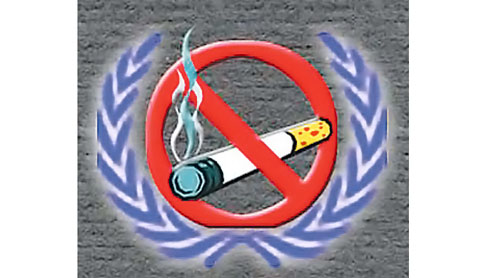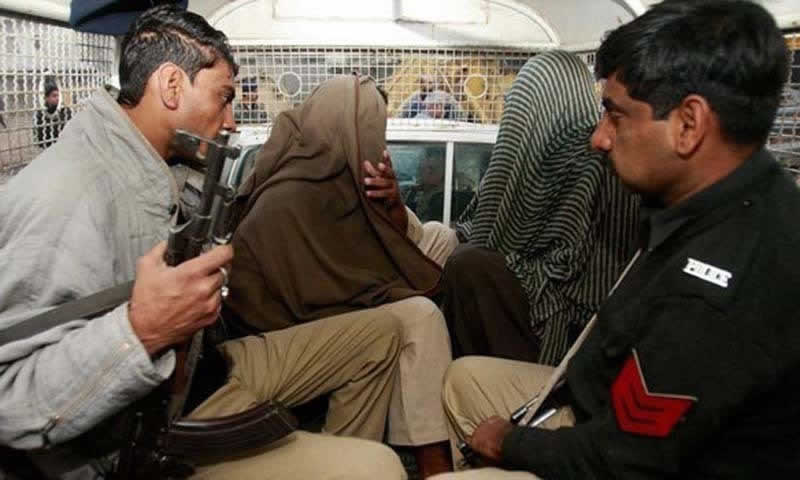
NEW DELHI: India has proposed to the World Health Organization (WHO) to set up a framework for control of alcohol consumption on the lines of the WHO Framework Convention on Tobacco Control (WHO FCTC).
FCTC was the first international treaty negotiated under the auspices of WHO that was developed in response to the globalization of the tobacco epidemic.It was adopted by the World Health Assembly on May 21, 2003, and came into force on February 27, 2005. It has since become one of the most rapidly and widely embraced treaties in the United Nations’ history.Upset about “alcohol being let off the hook with the WHO deciding against setting reduction targets on its consumption”, India said that it was surprised that countries weren’t pushing for a cut down on alcohol even when its clear that 3.2 lakh young people aged between 15 and 29 years die annually from alcohol-related causes, resulting in 9% of all deaths in that age group.
A senior health ministry official said, “In case of tobacco, there is no doubt over its harmful effects. However, with alcohol it isn’t very clear what the threshold for harmful drinking would be. Some member states have also argued that in many people, slight amount of alcohol can actually prove beneficial.”WHO says it found no support to bring in legislation against alcohol, adding that “member states expressed serious concern with the adult per capita consumption not being a valid proxy of harmful alcohol consumption.”
In January, the WHO set a target to reduce per capita consumption of alcohol globally by 10%, and another 10% reduction of heavy episodic drinking by 2025 as part of its global plan to reduce the burden of non- communicable diseases (NCDs). WHO says, “Some member states doubted that this was an achievable target.”Saying it received “low to no support”, WHO said “several countries noted the difficulty of getting an accurate measure of adult per capita consumption given the high level of consumption of duty free/stored/home brewed/black market alcohol. Some member states expressed concern about the implicit difficulties in working with the alcohol industry towards a goal that is counter to their best interests.”
Health ministry officials said April 19 was the last day for member states like India to send their comments to the proposed targets. On May 8, WHO will hold a consultation with global experts to discuss the feedback and develop the fresh draft of targets that will be taken up for consideration at the World Health Assembly on May 21.Even the NCD Alliance, a formal grouping of four international federations like International Diabetes Federation, Union for International Cancer Control, World Heart Federation and International Union against Tuberculosis and Lung Disease, representing the four main NCDs, cardiovascular disease, diabetes, cancer and chronic respiratory disease, has asked WHO to reinstate targets for cutting down alcohol use.
One of the key characteristics of the hazardous pattern of drinking is the presence of heavy drinking occasions, defined as consumption of 60 or more mg of pure alcohol per day.Hazardous and harmful drinking results in 2.5 million deaths each year globally, and of these 14% is due to CVD and diabetes. The average age of alcohol consumption in India has been constantly falling by nearly nine years over the past decade. Now, on an average, Indians take their first sip of alcohol at the age of 19 compared to 28 in the 1990s. Soon, experts say it will be reduced to 15 years.
Planning Commission says alcohol consumption is connected to more than 60 types of diseases and injury. Alcohol is a risk factor for oesophageal cancer, liver cancer, cirrhosis of liver, homicide, stroke, psychiatric illness and motor vehicle accidents.Around 25% of road accidents in India are alcohol-related, and 20% of accident-related head injury victims seen in emergency rooms of hospitals have consumed alcohol prior to the accident. Besides, alcohol-related problems account for 17.6% of the case load of psychiatric emergencies.
Alcohol use ranges between 25% and 40% in north India, and 33% and 50% in the south, with a higher prevalence among the less educated and the poor.Punjab, Andhra Pradesh, Goa and the north-eastern states have the highest consumption figures. The prevalence of alcohol is reported to be lowest in Gujarat (7%) and the highest is in the north-eastern state of Arunachal Pradesh (75%). The government spends nearly $5 billion every year to manage the consequences of alcohol use, which is more than its total excise earning of $4.8 billion. – TOI












